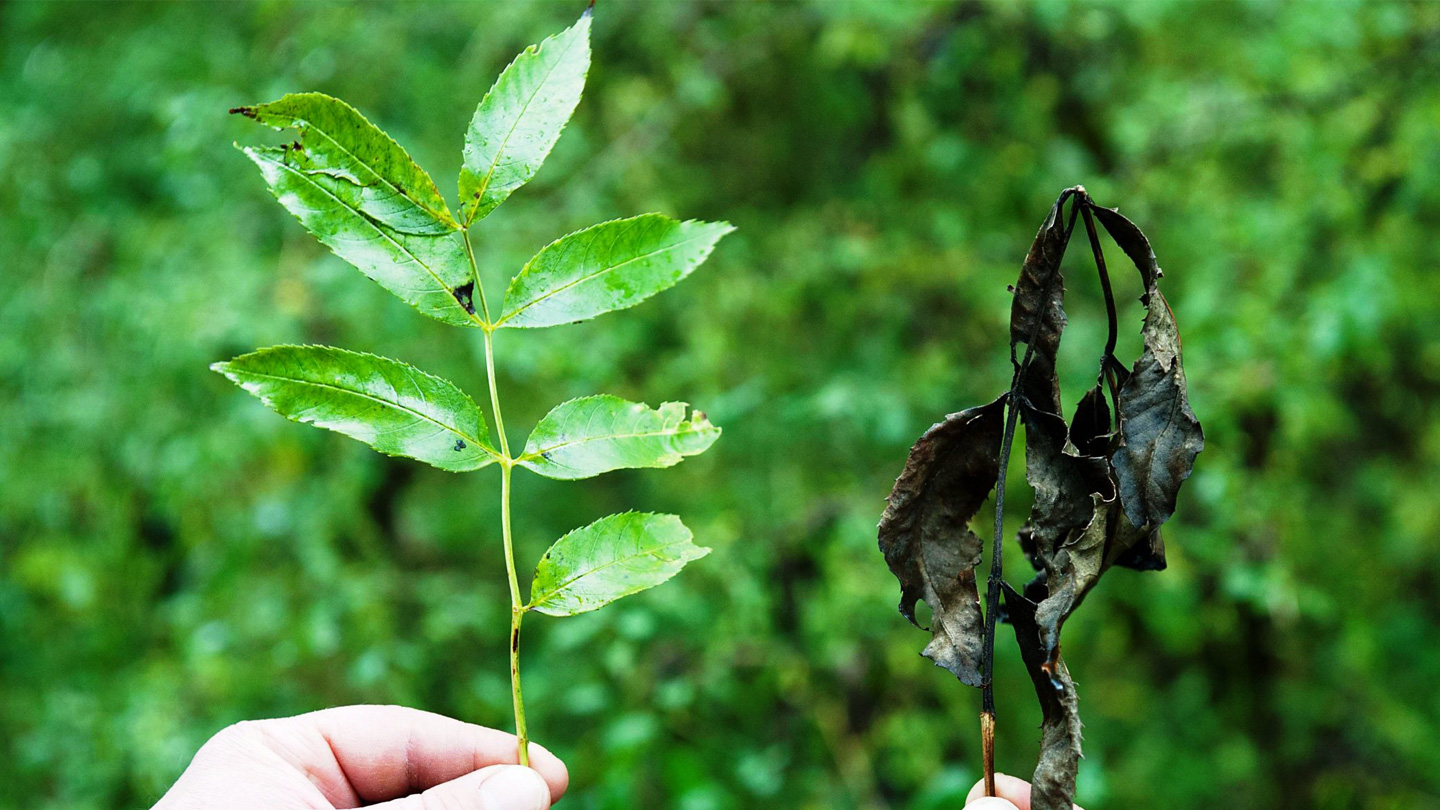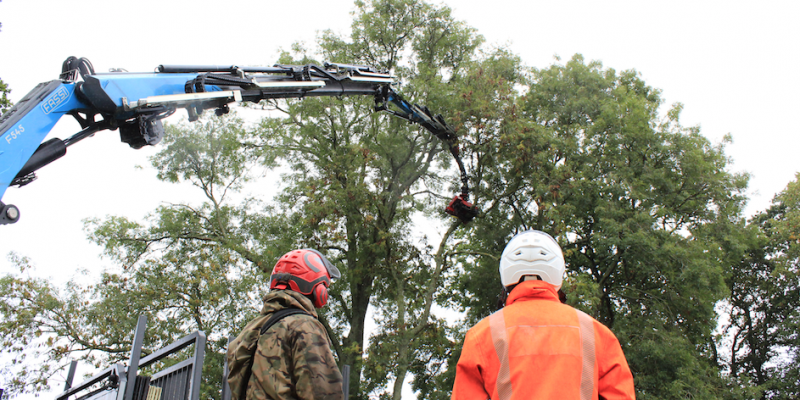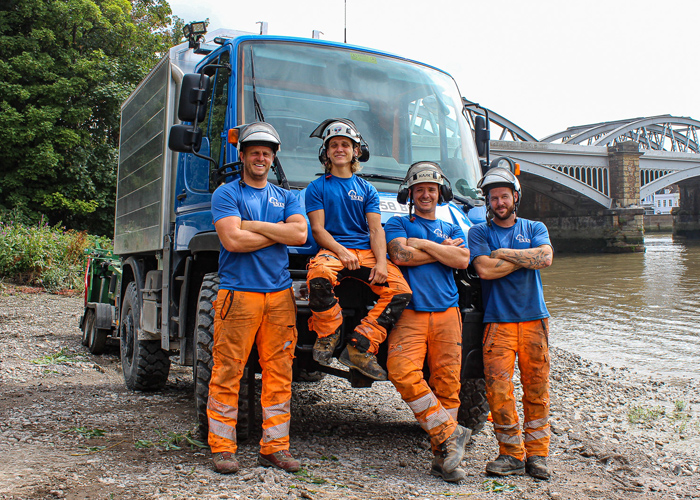Most parts of the country are now experiencing the impacts of ash dieback. The disease is causing widespread decline of ash trees in some areas and this is expected to continue.
It is likely that the majority of our native ash trees will exhibit symptoms of ash dieback, but not all that do will die. A small percentage of ash trees will have a degree of tolerance to the disease and others will exist in locations where they escape the worst impacts.

Infection can lead to leaf loss and dead branches throughout the crown of ash trees, and clumps of new growth towards the centre of the crown.
In areas of high infection, the fungus can cause lesions at the base of the tree, making it more susceptible to secondary infections, such as by Armillaria fungi.
For signs and symptoms, including images visit:
Videos on how to identify ash dieback can also be found on the Forestry Commission’s YouTube page.
Management & Control.
You are not legally required to take any particular action if you own infected ash trees, unless your country forestry or plant health authority serves you with a Statutory Plant Health Notice (SPHN) requiring action. This is unlikely.
With the exceptions of felling for public safety or timber production, we advise a general presumption against felling living ash trees, whether infected or not. This is because there is good evidence that a small proportion will be able to tolerate H. fraxineus infection. There is also the possibility that a proportion of ash trees can become diseased, but then recover to good health. These, too, would be valuable for our research, although it is still too early to know whether there are such trees in the British ash population.
However, by keeping as many ash trees standing as possible, we can identify individuals which appear to survive exposure to the fungus and which can be used for breeding tolerant ash trees for the future. See ‘Our research’ below for further information.
That said, public safety must be the priority, so keep an eye on the trees’ safety as the disease progresses, and prune or fell them if they or their branches threaten to cause injury or damage. In particular, watch for basal lesions (lesions, or cankers, forming near the bottom of the trunk), which can weaken the trunk and make the tree more prone to falling.
There is no known cure, although some fungicides might be effective in suppressing the disease, enabling individual ash trees of particular value to be saved. These might include trees of high amenity, heritage or cultural value. However, such treatments often have to be re-applied periodically, perhaps every year, and can therefore be expensive.

Tree Safety.
People who manage ash near roads, railways, buildings and other publicly accessible land must consider the risks posed by infected ash. Trees or woodlands in these areas should be risk-assessed, monitored and managed to reduce the risk. By law, the owner of land where a tree stands is responsible for the health and safety of those who could be affected by that tree. If you are unsure about health and safety risks, consult a fully insured tree management professional who holds a relevant qualification.
It is important to consider the effects of ash dieback if you own or manage ash trees, even if you are dealing with low levels of infection. Felling diseased ash requires a felling licence from the Forestry Commission, unless the trees are dead or pose a real and immediate danger. Restrictions such as tree preservation orders must also be respected. Your local authority will be able to provide guidance.
Some ash trees may have genetic tolerance to ash dieback, meaning they may survive and reproduce to create the next generation of ash trees. Therefore, it is important to retain ash trees where they stand out as being healthier than those around them and it is safe to do so. Retaining a proportion of dead, dying or felled trees will provide deadwood habitat and be beneficial for biodiversity.
Is Ash Dieback affecting you?
Please get in touch with us using any of the contact details below.
Share this post:
Other posts you may like

How to choose your Tree Surgeon
All home/landowners have a responsibility to engage competent people to work on their property. We have written the following guide to help you make your decisions easier.

What Tree Services do we offer?
Sussex Tree Specialists are proud to offer professional tree services to commercial and domestic customers throughout the South East of the UK.